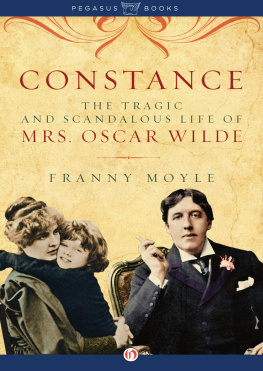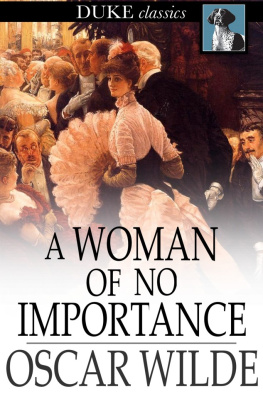Franny Moyle - Constance: The Tragic & Scandalous Life of Mrs. Oscar Wilde
Here you can read online Franny Moyle - Constance: The Tragic & Scandalous Life of Mrs. Oscar Wilde full text of the book (entire story) in english for free. Download pdf and epub, get meaning, cover and reviews about this ebook. year: 2012, publisher: Pegasus, genre: Non-fiction. Description of the work, (preface) as well as reviews are available. Best literature library LitArk.com created for fans of good reading and offers a wide selection of genres:
Romance novel
Science fiction
Adventure
Detective
Science
History
Home and family
Prose
Art
Politics
Computer
Non-fiction
Religion
Business
Children
Humor
Choose a favorite category and find really read worthwhile books. Enjoy immersion in the world of imagination, feel the emotions of the characters or learn something new for yourself, make an fascinating discovery.
- Book:Constance: The Tragic & Scandalous Life of Mrs. Oscar Wilde
- Author:
- Publisher:Pegasus
- Genre:
- Year:2012
- Rating:3 / 5
- Favourites:Add to favourites
- Your mark:
- 60
- 1
- 2
- 3
- 4
- 5
Constance: The Tragic & Scandalous Life of Mrs. Oscar Wilde: summary, description and annotation
We offer to read an annotation, description, summary or preface (depends on what the author of the book "Constance: The Tragic & Scandalous Life of Mrs. Oscar Wilde" wrote himself). If you haven't found the necessary information about the book — write in the comments, we will try to find it.
Franny Moyle: author's other books
Who wrote Constance: The Tragic & Scandalous Life of Mrs. Oscar Wilde? Find out the surname, the name of the author of the book and a list of all author's works by series.
Constance: The Tragic & Scandalous Life of Mrs. Oscar Wilde — read online for free the complete book (whole text) full work
Below is the text of the book, divided by pages. System saving the place of the last page read, allows you to conveniently read the book "Constance: The Tragic & Scandalous Life of Mrs. Oscar Wilde" online for free, without having to search again every time where you left off. Put a bookmark, and you can go to the page where you finished reading at any time.
Font size:
Interval:
Bookmark:

Constance
The Tragic and Scandalous Life of
Mrs Oscar Wilde
FRANNY MOYLE
JOHN MURRAY
To my mother Olga
and my daughter Rosa
Contents
Acknowledgements
I owe the greatest debt to Merlin Holland, whose great generosity has made this book possible. Not only has he shared his extensive knowledge of Oscar, Constance and their circle, but he has made his own immensely important manuscript collection available to me. And as a result of his allowing me to quote both from the letters in his own collection and those held elsewhere around the world, Constances voice can be heard once again. I owe a great deal to John Holland, who allowed me to study those letters and manuscripts in his care. Merlin and John have also provided many of the rarely seen photographs featured in the book.
I am grateful to the Trustees of the Broadlands Archives and the University of Southampton, who have allowed me access to the huge, untapped resource they have in the form of the hundreds of letters between Constance and Lady Mount-Temple. Professor Chris Woolgar and the rest of the staff in the Special Collections unit there have been particularly kind. Thanks must also go to the William Andrews Clark Memorial Library at the University of California, Los Angeles, who have again been hugely accommodating in giving me access to their collection of Wilde manuscripts and meeting my numerous requests.
And of course, there have been other institutions and individuals who have contributed to this book. The British Library and the Morgan Library & Museum in New York have proven wonderful resources that I have tapped on a regular basis. In addition, I remain grateful to people such as the manager of the Royal Oak Hotel in Betws-y-Coed and the archivist at Bedales School, who so readily went out of their way to send me what precious information they had. It is this kind of open helpfulness that makes writing and researching such a joy.
The continuing support of my agents Georgina Capel and Anita Land, my publisher Roland Philipps and, of course, my family makes the chaos and upheaval of trying to squeeze writing into the rest of my portfolio life and career worthwhile.
Introduction
D EAR C ONSTANCE I am coming to see you at nine oclock. Please be in it is important. Ever yours Oscar. So went the note that Oscar Wilde, at that moment apparently the most successful man in London, dashed off in hurried pencil to his wife. It was the afternoon of 28 February 1895, and the forty-year-old playwright, wit and bon viveur was writing from the rooms in which he was temporarily resident, in the opulent settings of the Avondale Hotel at 68 Piccadilly, just off Dover Street. He was in a state of high anxiety.
The note made its way out of the hotel and into the wintry bustle of one of Londons busiest thoroughfares, where horse-buses and carriages bustled to and fro. It weaved through the gents in bowlers and top hats and passed advertising boys whose sandwich boards, draped over the shoulders, promoted everything from the pleasure of the current Orient in London exhibition at Olympia to Regent Streets International Fur Store, where a really good and serviceable Fur-Lined Overcoat, trimmed with Fur Collar and Cuffs, was available for 10.
When the note had left behind the splendid stone surroundings of central London, it found itself in the more modest but undoubtedly more modern domestic environs of Chelsea. Here it grew close to its destination in Tite Street, where a line of red-brick terraced houses found themselves overlooking the gardens of the Victoria Hospital for Children on one side and backing on to the slum dwellings so inappropriately named Paradise Walk on the other. At no. 16 it would have been Arthur, the Wildes young butler, who attended to the post boys double knock and made sure that this latest missive was placed into the hands of his mistress, Mrs Wilde.
Houses in Tite Street were often beautiful, but they were generally far from grand, occupying a site that only a very few decades earlier would have been the haunt of the prostitutes and swells spilling out from the then notorious (and now demolished) Cremorne Pleasure Gardens. No. 16 had been Oscar Wildes home for just over a decade. But although his wardrobe, dining habits and general lifestyle suggested an abundance of funds, Oscar was not even the owner of this relatively modest abode; he merely held a lease on it. Oscar and his wife, Constance, had secured tenure of the five-storey terrace back in 1884, when it had presented itself as merely a conventional new build, typical of the wider development of Chelsea in the last quarter of the nineteenth century.
The formerly insalubrious but fast-developing borough had acquired bohemian credentials during the 1860s and 1870s. By the early 80s the newly wed Wildes were following in the footsteps of several aspirant artistic householders, such as the painter James McNeill Whistler and the portrait artist Frank Miles, who wanted to secure their own patch of bohemia.
The Wildes had followed artistic protocol, and, like their friends Whistler and Miles before them, they had hired the fashionable avant-garde architect Edward Godwin to turn their conventional red-brick home into something more charming, surprising and aesthetically up-to-the-minute. And so 16 Tite Street, with its black iron railings and tradesmans gate leading down to the basement domain of Arthur and the cook, was remodelled. Its carefully designed rooms stood in contrast to the dark, cluttered style that had come to define Victorian taste. The interiors at Tite Street were shockingly pared down. The walls were painted white and polished, the floor covering kept pale and plain; internal dividing doors were replaced by curtains, and slim, sparse furniture contributed to a sense of space and calm. All this gave greater prominence to the art on display and the unusual decorative touches that Godwin and his clients had commissioned. In the drawing room, for example, prints and drawings were displayed as a frieze, boldly set off against a broad background band of gold. And in that same room peacock feathers had been pressed into the ceiling plasterwork.
But despite such flourishes, 16 Tite Street was a house that spoke not of riches but of aspirations. It was a home that placed those who lived in it in the set of liberal-minded, forward-thinking folk who found a frisson of pleasure in new territories, dangerously close to the old London slums, and who, rather than displaying riches by accumulating quantities of art and objects, showed their artistic appreciation of the few beautiful things they owned. It marked the Wildes out as pioneers, with more taste and intellect than money. And it pinned their colours to the mast of a movement being termed Aestheticism by the chroniclers of the day.
Perhaps because of their far from infinite means, few concessions to art had been made to the exterior of the house, which, like those on either side, sported standard bay windows and a tiled porch that sheltered the shallow steps leading to the front door. Only the bold decision to paint this main entrance white amounted to a statement.
Now Oscars note, entering through that unconventional white door, found itself inside a house little changed over the course of a decade. The birth of children had, of course, brought with it the attendant upheaval, and the telltale signs of its shared occupancy with two young boys could be discerned. Alongside prints by contemporary artists such as Whistler, Edward Burne-Jones and Walter Crane were photographic portraits of the boys, Cyril and Vyvyan, and a pastel of Cyril by the Wildes friend and neighbour the artist Laura Hope.
Font size:
Interval:
Bookmark:
Similar books «Constance: The Tragic & Scandalous Life of Mrs. Oscar Wilde»
Look at similar books to Constance: The Tragic & Scandalous Life of Mrs. Oscar Wilde. We have selected literature similar in name and meaning in the hope of providing readers with more options to find new, interesting, not yet read works.
Discussion, reviews of the book Constance: The Tragic & Scandalous Life of Mrs. Oscar Wilde and just readers' own opinions. Leave your comments, write what you think about the work, its meaning or the main characters. Specify what exactly you liked and what you didn't like, and why you think so.

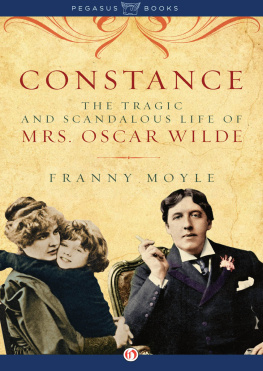
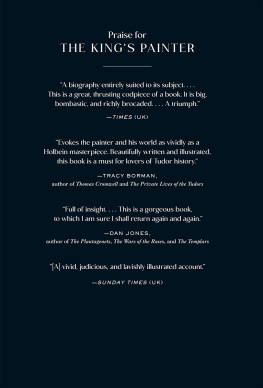

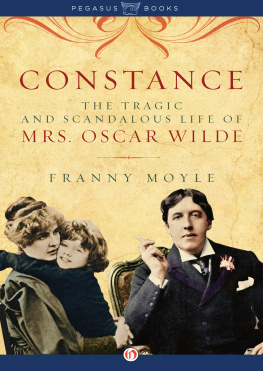
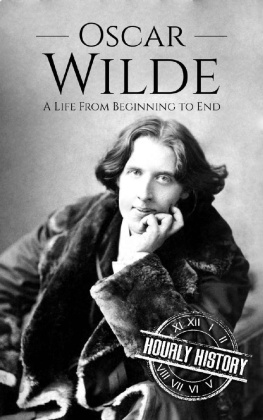

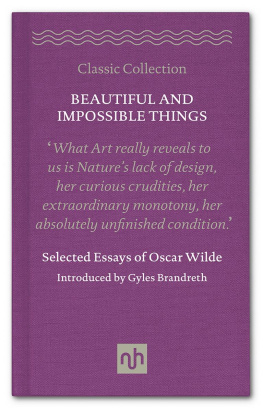
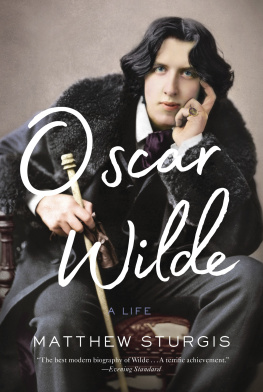

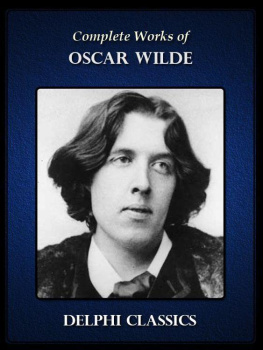
![Wilde Oscar - The secret life of Oscar Wilde: [an intimate biography]](/uploads/posts/book/228457/thumbs/wilde-oscar-the-secret-life-of-oscar-wilde-an.jpg)
